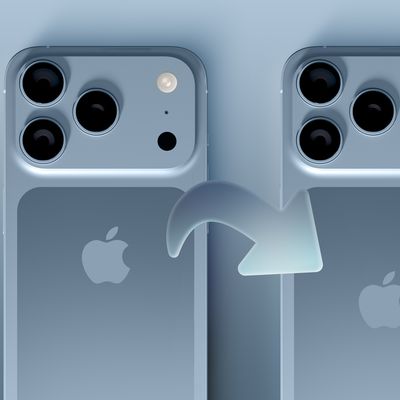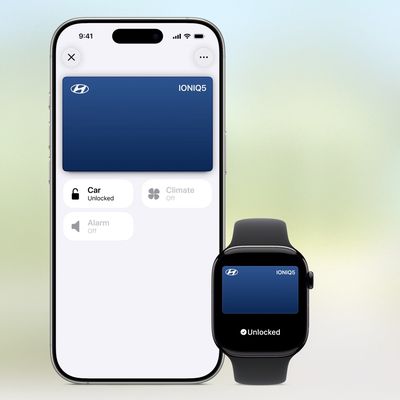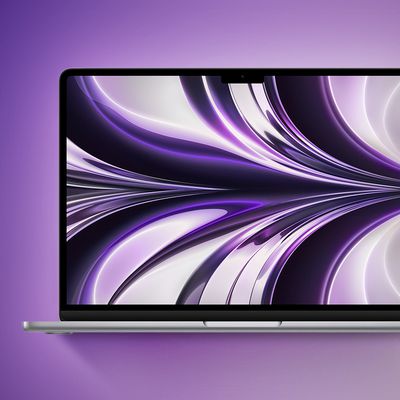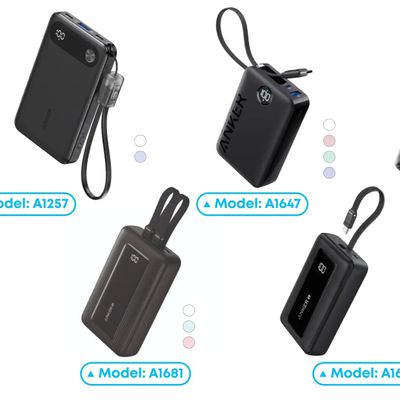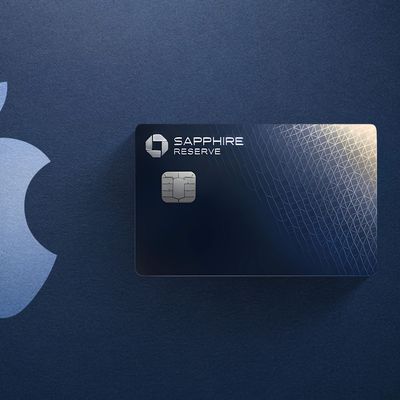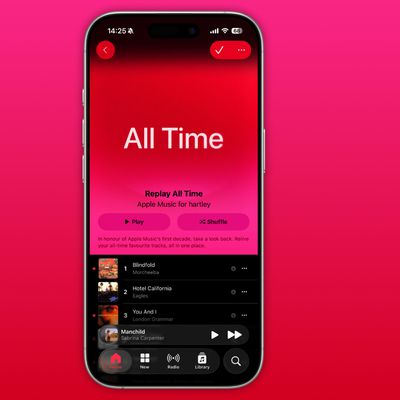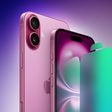Influential ratings-and-reviews magazine Consumer Reports made headlines last July when it declined to recommend the iPhone to consumers due to antenna issues that could result in loss of signal. The publication has held strong on its non-recommendation, arguing that Apple's temporary free case over was insufficient to address the issue.
Consumer Reports is back at it again, this time hitting the Verizon iPhone for essentially the exact same reason it knocked on the original iPhone 4.
The Verizon iPhone 4 has a problem that could cause the phone to drop calls, or be unable to place calls, in weak signal conditions, Consumer Reports engineers have found in lab tests.
The problem is similar to the one we confirmed in July with the AT&T version of Apple's newest smart phone. It can occur when you hold either version of the phone in a specific but quite natural way in which a gap in the phone's external casing is covered. The phone performs superbly in most other respects, and using the iPhone 4 with a case can alleviate the problem.
According to tests conducted by Consumer Reports, simply placing a finger on the gap at the lower left side of the Verizon iPhone causes signal to drop over a period of 15 seconds, resulting in calls being dropped in areas of low signal. As a result, the publication is similarly declining to recommend the Verizon iPhone despite lower reports of users experiencing the signal issues, potentially due to the strength of Verizon's network.
But given our findings, we believe the possibility exists for individual users to experience the problem since low signal conditions are unavoidable when using any cell-phone network.
For that reason, we are not including the Verizon iPhone 4 in our list of recommended smart phones, despite its high ranking in our Ratings.
Consumer Reports was unable to generate similar issues with a variety of other phones on Verizon's network, including the Samsung Fascinate, Motorola Droid 2 Global, HTC Droid Incredible, LG Ally, and Motorola Droid X, thus isolating the issue as unique to Apple's current iPhone designs.


